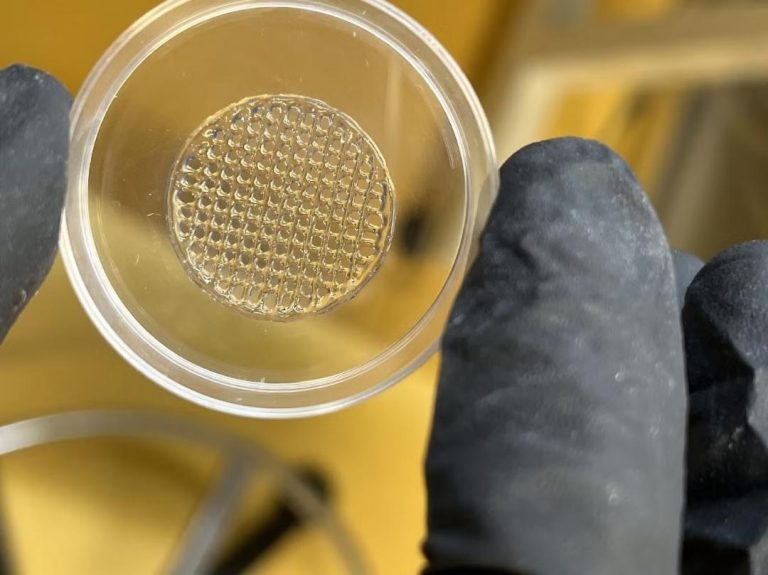70% of Astronauts Face Eyesight Issues from Space Exposure: Study
As we continue to push the boundaries of space exploration, scientists are uncovering alarming risks that astronauts face during their time in space. A recent study from the Université de Montréal has revealed that at least 70% of astronauts who have been exposed to space for a long period of time experience vision changes. This condition is known as spaceflight-associated neuro-ocular syndrome (SANS), and it poses a significant threat to the health and well-being of our brave space travelers.
According to a report by Moneycontrol, the study examined 13 astronauts who had spent significant time in space and found that their ocular rigidity decreased by 33% due to exposure. This means that their eyes become more fragile and susceptible to damage. The findings are a wake-up call for the space industry, highlighting the need for increased focus on protecting the vision of astronauts during their time in space.
So, what causes SANS, and how does it affect astronauts? To understand the issue, it’s essential to delve into the science behind the condition.
What is SANS?
Spaceflight-associated neuro-ocular syndrome (SANS) is a condition that affects the eyes and vision of astronauts during and after long-duration spaceflight. The term “neuro-ocular” refers to the involvement of both the nervous system and the eyes in the condition. SANS is characterized by a range of symptoms, including blurry vision, double vision, and sensitivity to light.
The exact cause of SANS is still unknown, but researchers believe that it may be related to a combination of factors, including changes in the shape of the eye, increased pressure inside the eye, and damage to the optic nerve. Space travel can also disrupt the normal functioning of the nervous system, which can lead to a range of neurological symptoms, including vision changes.
How does space exposure affect the eyes?
Space travel can have a range of effects on the eyes, including:
- Changes in eye shape: Space travel can cause the shape of the eye to change, leading to a condition known as “space-induced asthenopia.” This can cause blurred vision, eye strain, and other vision problems.
- Increased eye pressure: Space travel can also cause increased pressure inside the eye, which can lead to glaucoma and other eye problems.
- Damage to the optic nerve: Space travel can damage the optic nerve, leading to permanent vision loss.
What are the risks for astronauts?
The risks associated with SANS are significant, and can have a range of consequences for astronauts. Some of the potential risks include:
- Permanent vision loss: SANS can cause permanent vision loss, which can have a significant impact on an astronaut’s ability to perform their duties.
- Eye pain and discomfort: SANS can cause eye pain and discomfort, which can be debilitating for astronauts.
- Increased risk of other health problems: SANS is linked to a range of other health problems, including neurological disorders and eye diseases.
What can be done to mitigate the risks?
While the risks associated with SANS are significant, there are steps that can be taken to mitigate them. Some of the potential solutions include:
- Advanced eye care: Advanced eye care technologies, such as optical coherence tomography (OCT), can help to detect SANS early on and prevent permanent vision loss.
- Exercise and physical activity: Exercise and physical activity can help to reduce the risk of SANS by improving eye health and reducing the risk of eye damage.
- Space suit design: Space suit design can also play a role in reducing the risk of SANS. For example, space suits can be designed to reduce the risk of eye strain and discomfort.
- Research and development: Continued research and development are essential for understanding the causes of SANS and developing effective treatments.
Conclusion
The study from the Université de Montréal is a wake-up call for the space industry, highlighting the need for increased focus on protecting the vision of astronauts during their time in space. SANS is a serious condition that can have significant consequences for astronauts, and it’s essential that we take steps to mitigate the risks. By understanding the causes of SANS and developing effective treatments, we can ensure the health and well-being of our brave space travelers.






